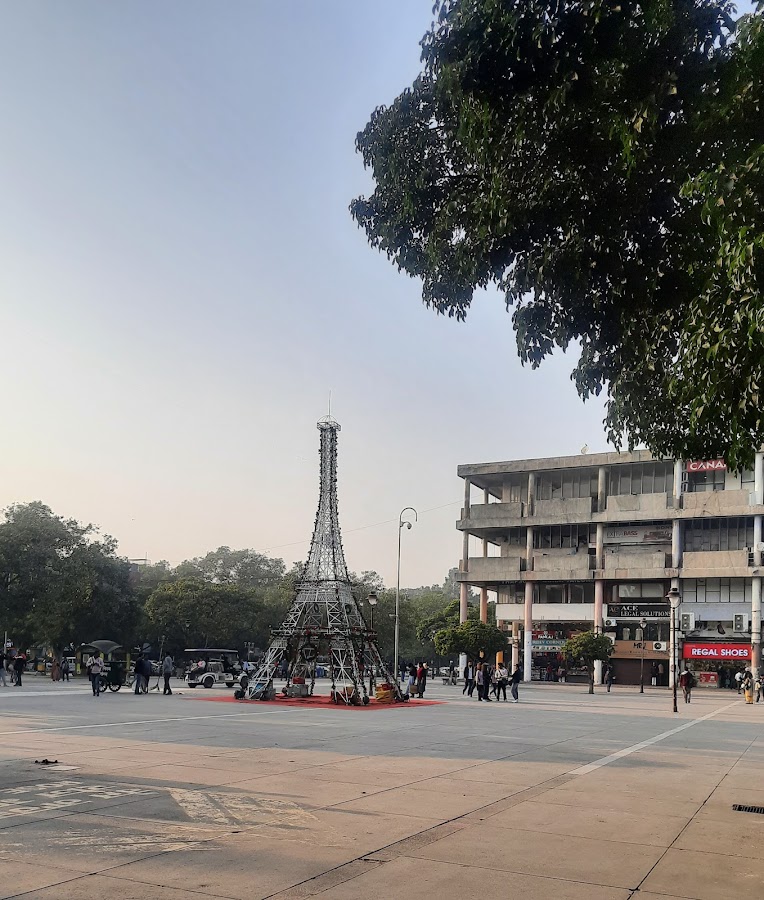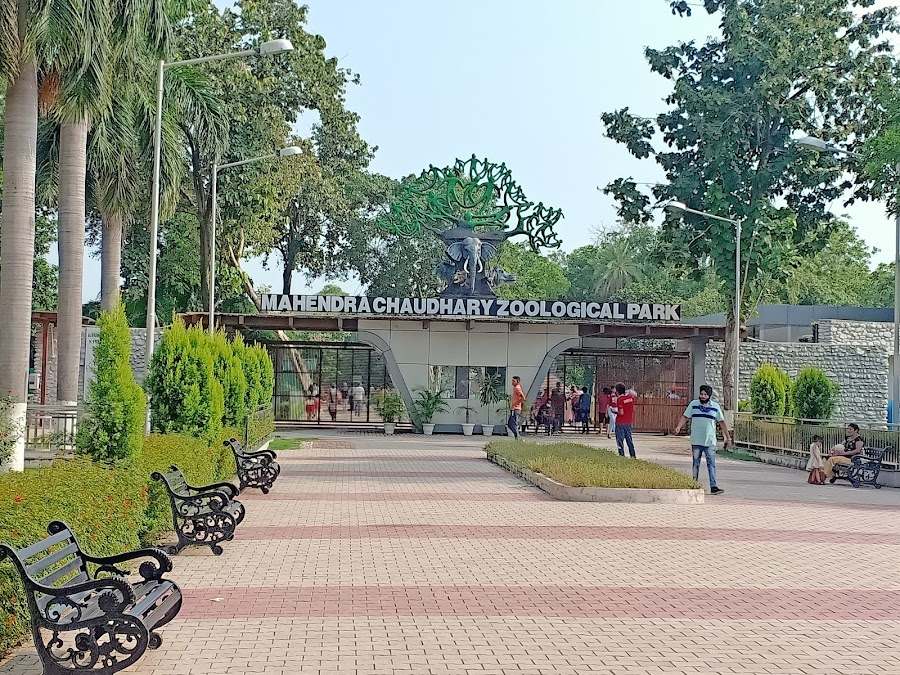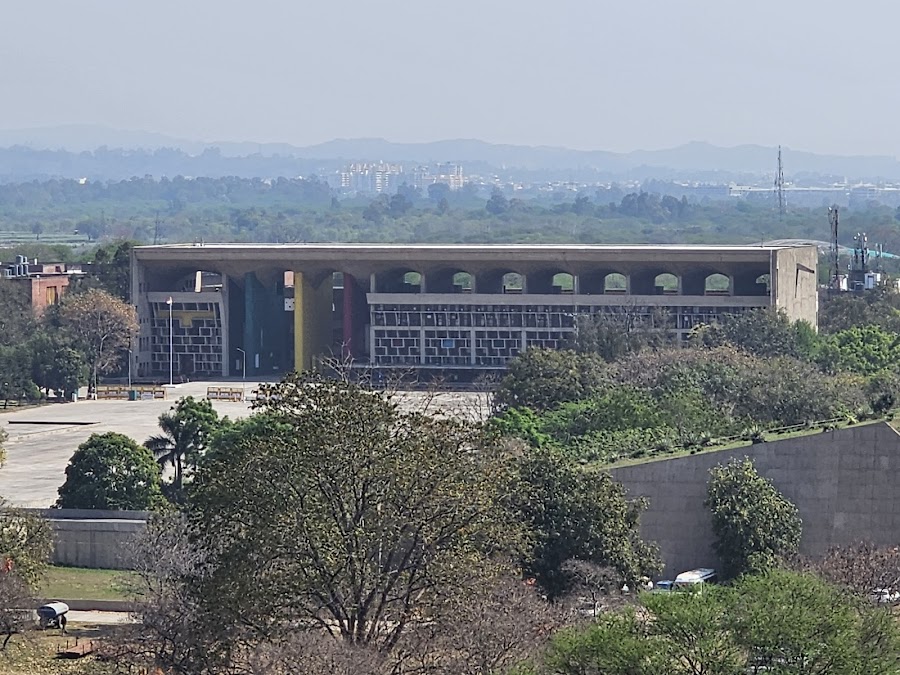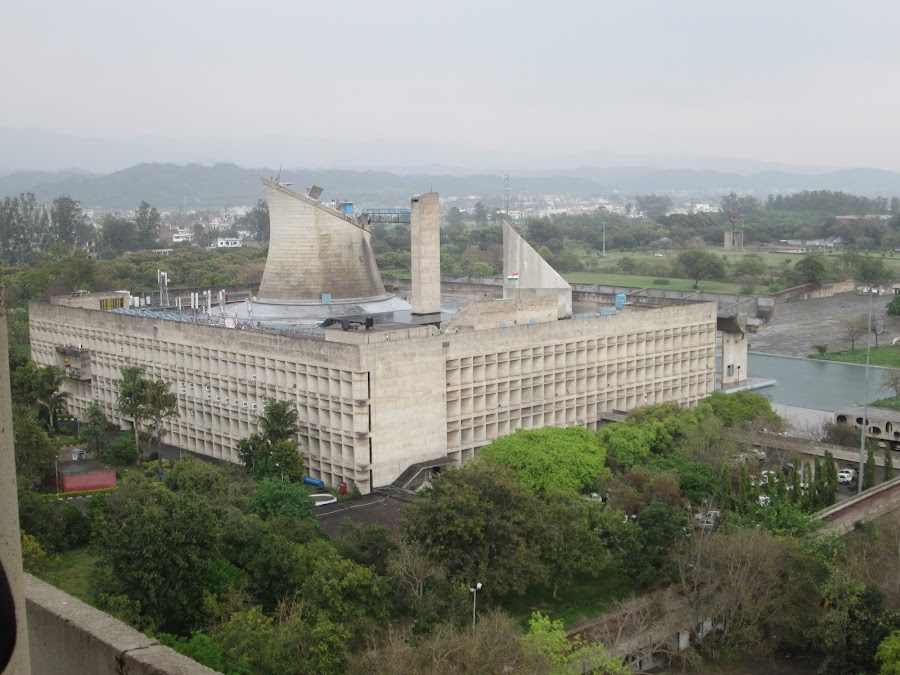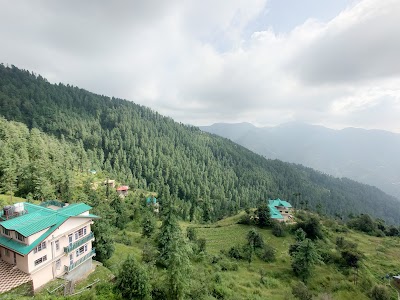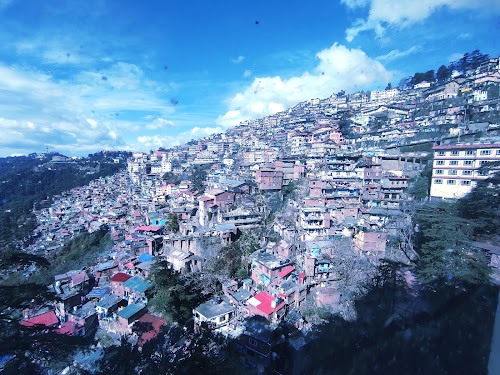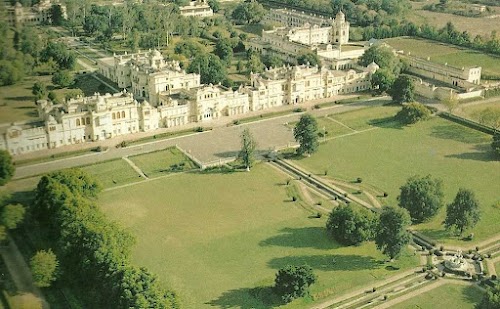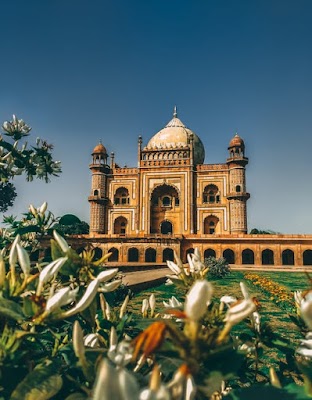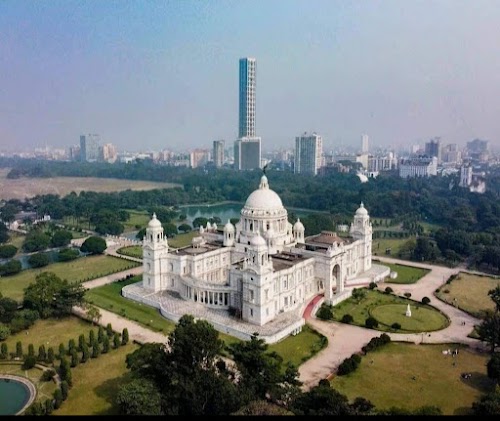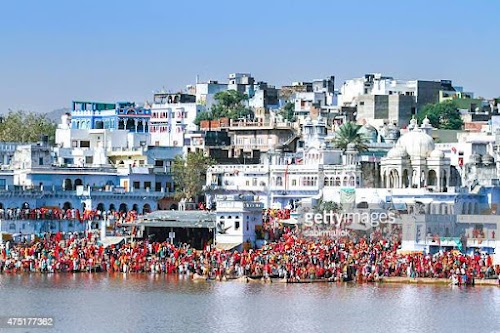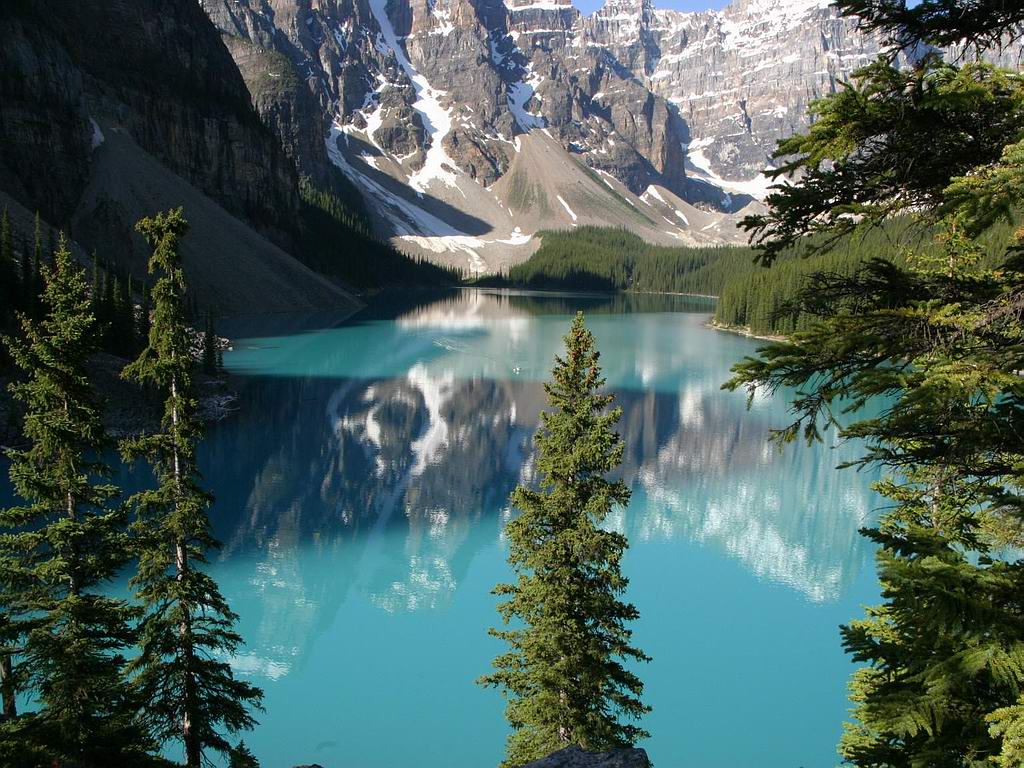
Chandigarh, India
Chandigarh, the 'City Beautiful', is a union territory and the joint capital of Punjab and Haryana. Planned by the renowned architect Le Corbusier, it's known for its well-organized sectors, wide roads, and lush greenery. The city boasts iconic landmarks like the Rock Garden, Sukhna Lake, and the Capitol Complex, a UNESCO World Heritage Site. Chandigarh offers a unique blend of modern architecture, serene landscapes, and a vibrant urban lifestyle. Visitors can explore its numerous gardens, museums, and art galleries, as well as indulge in shopping and dining experiences. It's a popular destination for both leisure and business travelers, providing a refreshing contrast to the bustling cities of India.
Known for:
History:
Chandigarh's history is relatively recent, as it was conceived and built after India's independence in 1947. The city was envisioned as a symbol of a new, modern India and was designed by Swiss-French architect Le Corbusier. Construction began in the 1950s, and the city was officially inaugurated in 1966 when it became a union territory and the joint capital of Punjab and Haryana. Prior to Chandigarh, the area was primarily agricultural land. The city's planning and architecture reflect Le Corbusier's modernist principles, emphasizing functionality, green spaces, and a grid-like street pattern. Chandigarh's creation marked a significant moment in India's urban planning history.
How to reach:
Chandigarh is well-connected by air, rail, and road. The Chandigarh International Airport (IXC) offers flights to major Indian cities. The Chandigarh Railway Station connects to various parts of the country. A well-maintained network of national highways links Chandigarh to other cities in North India. Regular bus services are also available.
Places in Chandigarh, India
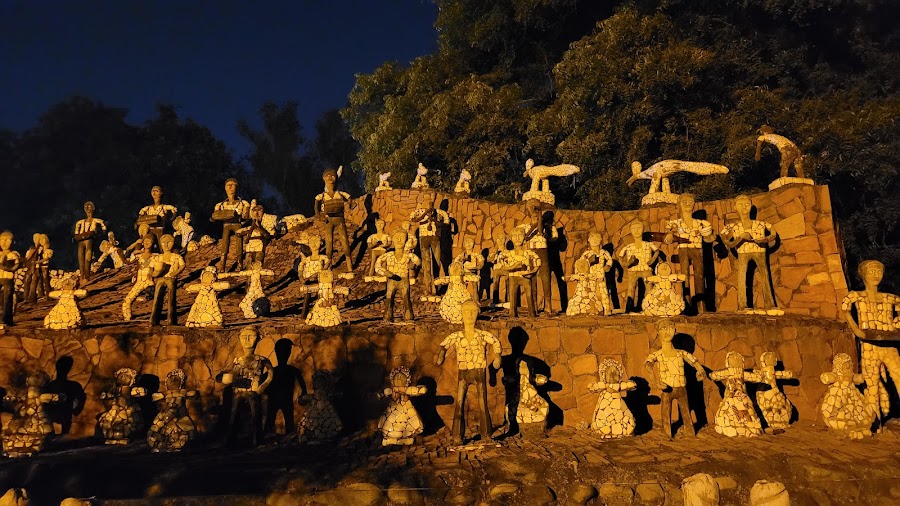
Rock Garden
Chandigarh, India
Sukhna Lake
Chandigarh, India
Rose Garden
Chandigarh, India
Rauza Sharif – Fatehgarh Sahib
Chandigarh, India
Elante Mall
Chandigarh, India
Gurudwara Nada Sahib
Chandigarh, India
ISKCON Temple Chandigarh
Chandigarh, India
Garden of Fragrance
Chandigarh, India